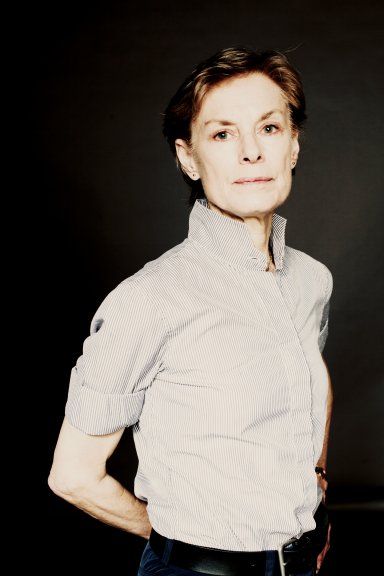29.11 > 21.12.18
CCNO Centre chorégraphique national d’Orléans
Various questions then come to mind: when did this work start? While walking in the street, or exercising in front of a mirror, or taking a dance lesson, or else talking with a producer? How did the choreographer work with the dancers? By improvising or bringing in already existing elements? How was the movement composed? By following consistent procedures, thanks to an assemblage, or else intuition? And, over and above these diverse ways of proceeding in what way has the show we have seen on the stage revealed a more general attitude, a certain way of moving in the world and setting other people into motion?
There are several ways to explore choreographic practice. It is possible to experience the project directly during a workshop. The choreographer then introduces us to the gestures that allow him or her to generate and compose movement. Archives provide us with a quite different form of access. They bring together the traces of creative processes, documenting rehearsals and the circulation of the piece, while highlighting the road that was taken. The gap that separates us from what appears on stage then becomes more palpable and the incomprehension can shift into a sort of relationship, a precarious link that depends on the attention we are ready to pay to the documents that have been conserved.
In this respect, Lucinda Childs, Nothing Personal provides the possibility to rediscover the work of this American choreographer thanks to a selection of archive documents. This resource, donated to the Centre National de la Danse in 2016, contains thousands of items (choreographic scores, drawings, photographs and films) covering the work of the artist and her company since 1963.
This exhibition has been split into two chronological and thematic phases. The first one focuses on the performance pieces that Lucinda Childs developed during the 1960s with the Judson Dance Theater — an informal group of dancers, artists and composers who initiated what could be termed as post-modern dance; as for the second one, it explores the minimalist trend that began in 1973 and which has characterised her choreographic practice until today.
